Boeing 787 Dreamliner Grounded by FAA
17 Jan, 2013
The Federal Aviation Administration late Wednesday grounded Boeing’s newest and most technologically advanced jetliner until the risk of battery fires is resolved.
The order applies only to the six Dreamliners operated by United Airlines, the lone U.S. carrier with 787s. But other airlines and civil aviation authorities in other countries will be under pressure to follow suit or face possible accusations of taking unnecessary risks with public safety.
Japan’s two largest air carriers voluntarily grounded their 787s on Wednesday ahead of the FAA’s order following an emergency landing by one of the planes in Japan.
On Thursday, the European Aviation Safety Agency ordered all European carriers to ground the jetliner.And the Indian government ordered Air India to ground its fleet of six Boeing 787s.
Only hours before the FAA issued its order, Transportation Secretary Ray LaHood reiterated to reporters that he considers the plane safe and wouldn’t hesitate to fly one. LaHood and FAA Administrator Michael Huerta unequivocally declared the plane safe at a news conference last week even while they ordered a safety review of the aircraft.
However, as details emerged of two battery failures only 10 days apart, it became apparent that the FAA wouldn’t be able to wait for completion of its safety review before taking action. An inspection of the All Nippon Airways 787 that made an emergency landing in western Japan found that electrolytes, a flammable battery fluid, had leaked from the plane’s main lithium-ion battery.
Investigators found burn marks around the damage. Japan’s Kyodo News agency quoted transport ministry investigator Hideyo Kosugi as saying the liquid leaked through the electrical room floor to the outside of the aircraft.
In the first battery incident on Jan. 7, it took firefighters 40 minutes to put out a blaze centered in an auxiliary power unit of a Japan Airlines 787. The plane was empty of passengers shortly after landing at Boston’s Logan International Airport.
The two incidents resulted in the release of flammable electrolytes, heat damage and smoke, the FAA confirmed. The release of battery fluid is especially concerning, safety experts said. The fluid is extremely corrosive, which means it can quickly damage electrical wiring and components. The 787 relies far more than any other airliner in operation on electrical systems to function.
The electrolyte fluid also conducts electricity, so as it spreads it can cause short-circuits and ignite fires. And its corrosiveness raises concern about whether a leak might weaken a key support structure of the plane, even though the 787 is the first airliner to be made primarily from lightweight composite materials that are less susceptible to corrosion than aluminum, safety experts said.
“Anytime you have leakage of battery fluid it’s a very serious situation,” said Kevin Hiatt, president and CEO of the Flight Safety Foundation in Alexandria, Va., which promotes global airline safety.
The fluid leak identified in the ANA plane was a “very significant finding,” said John Goglia, an expert on aircraft maintenance and a former National Transportation Safety Board member. It’s possible that a leak could interfere with electrical signals, making it impossible for pilots to control the plane, he said.
“There are all kinds of possibilities,” Goglia said. “They need to go in and take a look at it. I guarantee you everybody’s doing that.”
The 787 is the first airliner to make extensive use of lithium-ion batteries to help power its energy-hungry electrical systems. The batteries charge faster and can be better molded to space-saving shapes compared with other airplane batteries.
Jim McNerney, Boeing’s chairman, president and CEO, said the company is working with the FAA to resolve the situation as quickly as possible.
Mentioned In This Post:
About the author
Related Posts
-

If Only We All Had Rich Daddies
-
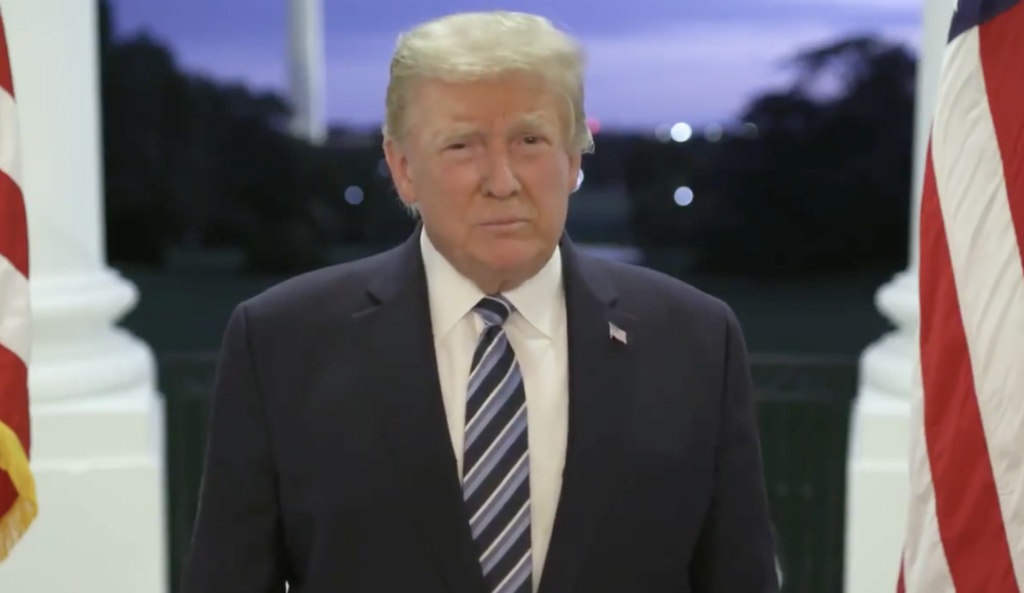
"Don't Be Afraid of COVID!" He Says
-
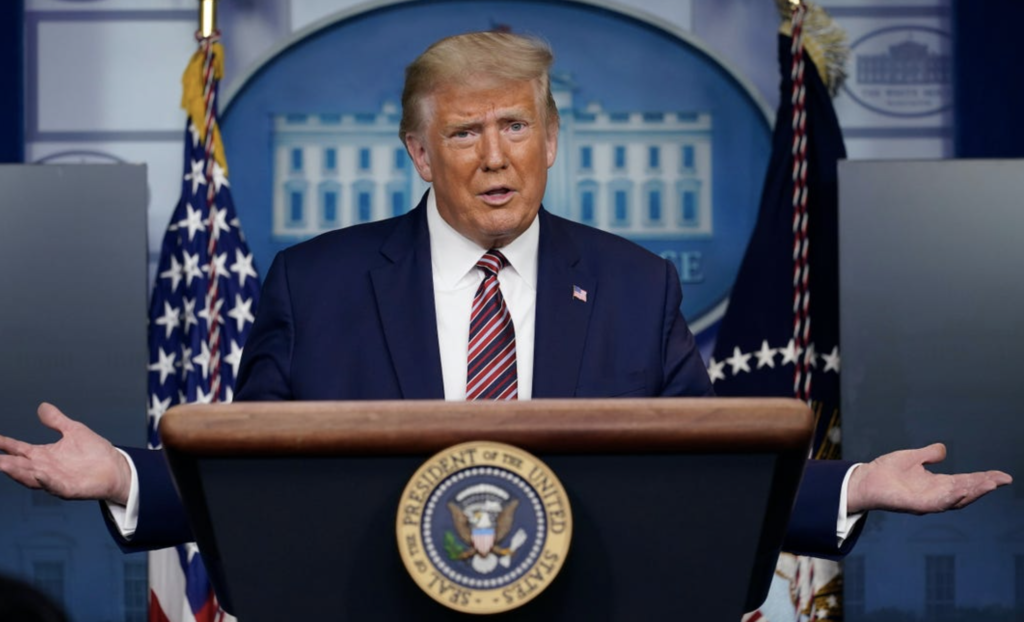
Trumps In The Hospital and His Cronies Are Infected
-
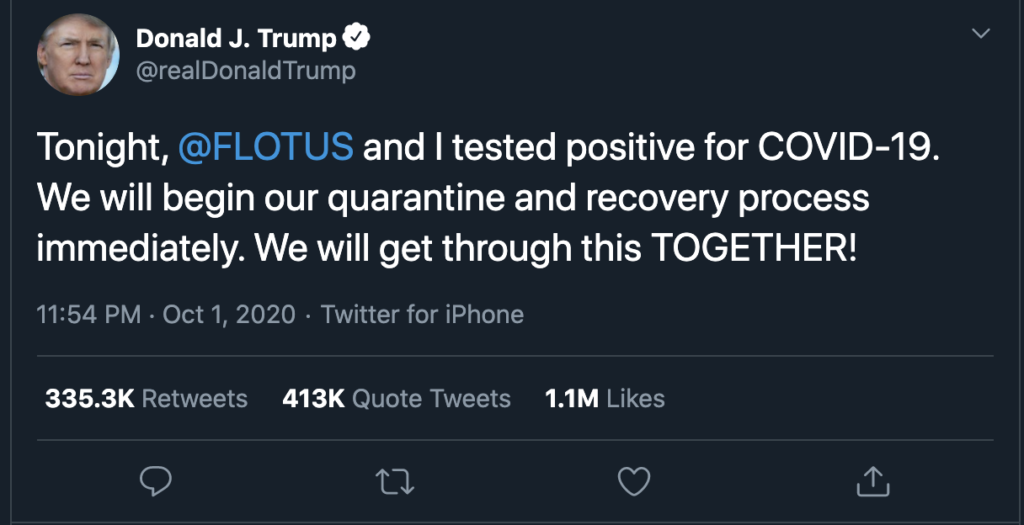
Trump Tests Positive for the 'China Virus'
-

Is Anyone Really Surprised??
-
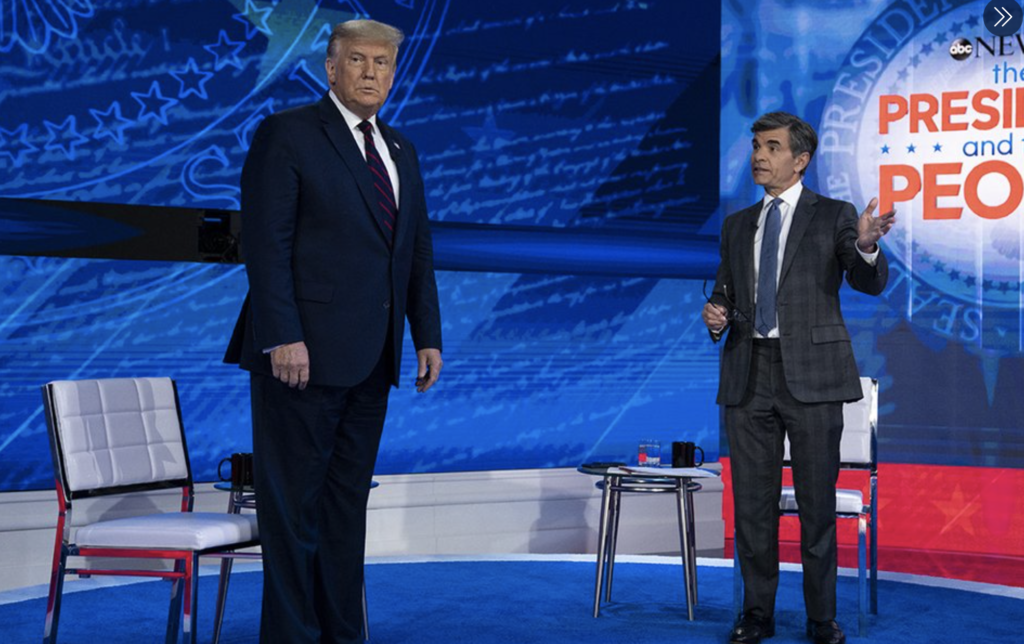
Don't Believe Your Ears, Believe Me.
-

Can Trump's Actions Really Shock You Anymore?
-
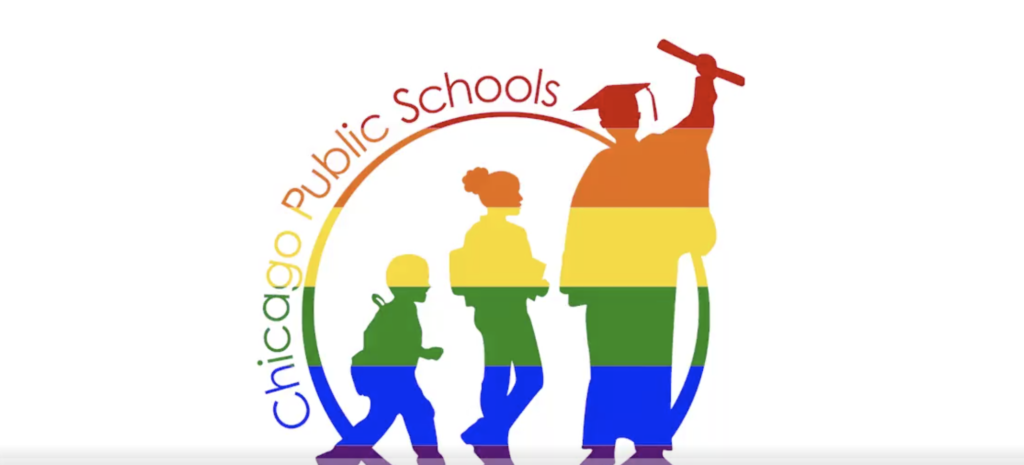
Teachers Say School is A No Go
-
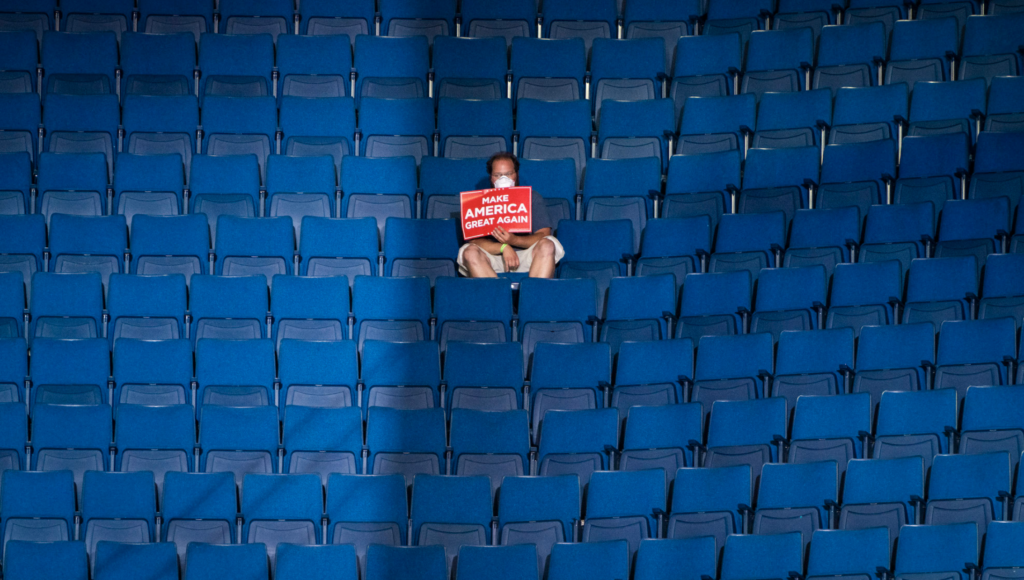
Poll Numbers No Good? Fire Someone
-
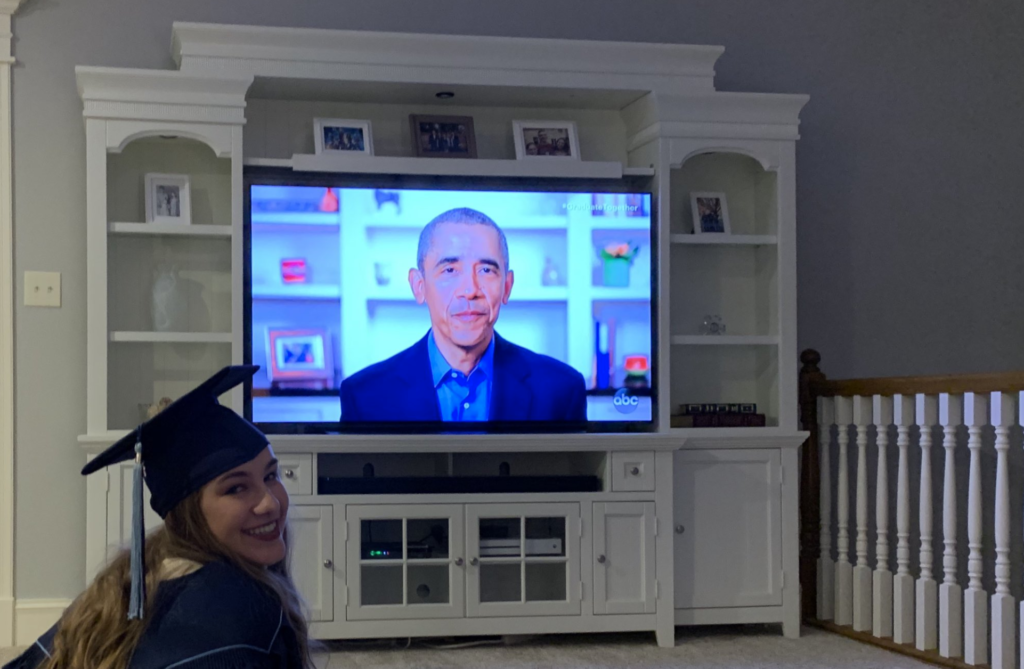
Thank You Mr. President










